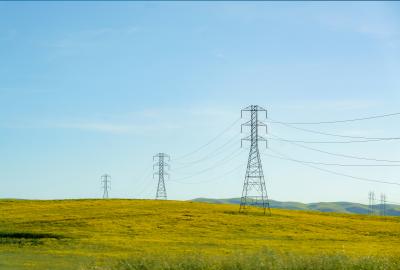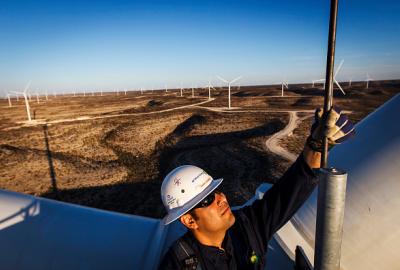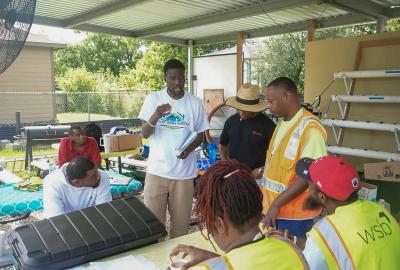Unchecked pollution, higher energy bills: What Project 2025 means for you and the people and places you love
Though Donald Trump once distanced himself from Project 2025 — a policy playbook for his administration — he has since tapped several of its architects to serve in key positions, including Russ Vought, for the powerful role of overseeing the administration’s budget.
We dug into the details of Project 2025 and found that its proposals would expose you to unchecked pollution, greater risks when extreme weather strikes, and potentially higher electricity bills.
Here’s what you need to know:
1. It puts polluters’ profits over your health
The Environmental Protection Agency exists to make sure our air and water are clean and the people and places we love are protected from pollution. To do this, the EPA establishes and enforces limits on industrial pollution.
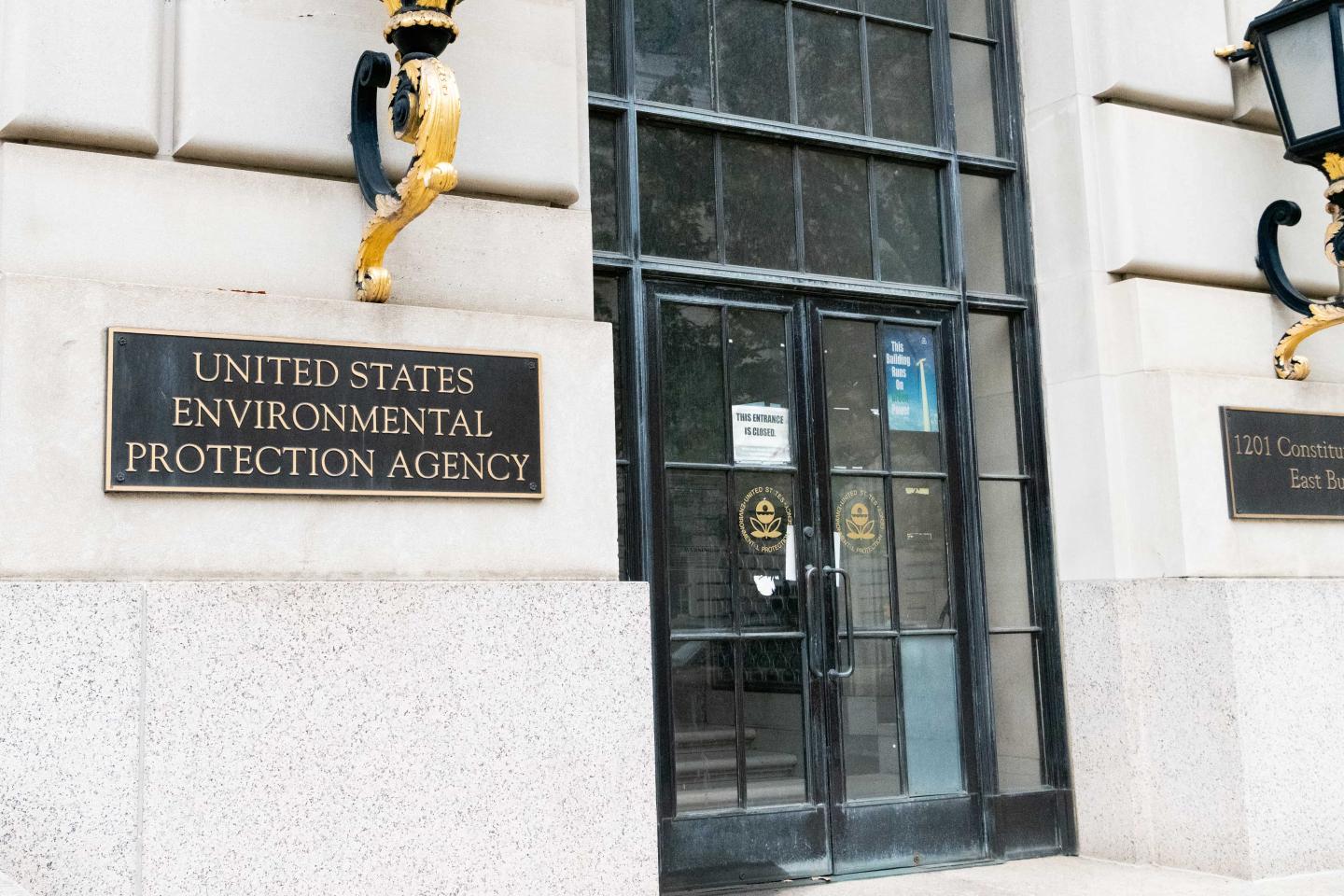
But Project 2025 proposes weakening current air pollution protections, especially from power plants, refineries and cars, while making sweeping cuts to the EPA’s expert staff. It also limits the agency’s enforcement ability, instead leaning on “compliance assistance” — sort of like a police officer asking a reckless driver not to speed instead of writing a ticket.
“I’m very familiar with this approach,” says Ken Alex, who led environmental enforcement for the California Attorney General’s office. “When you stop enforcement, over time compliance drops significantly until there’s a major environmental disaster that creates a backlash.”
In other words, a weakened and underfunded EPA puts communities across the country at higher risk from both the daily pollution that worsens asthma and causes diseases, and from highly preventable disasters like chemical explosions and oil spills.
2. You’ll be more vulnerable to dangerous weather, and might have to pay to find out if you’re in the path of a storm
Project 2025 proposes privatizing the National Weather Service, whose scientists offer life-saving information for those in the path of dangerous storms. Privatizing this service risks undermining free access to critical weather data, leaving communities less prepared for damaging hurricanes, floods and other disasters.
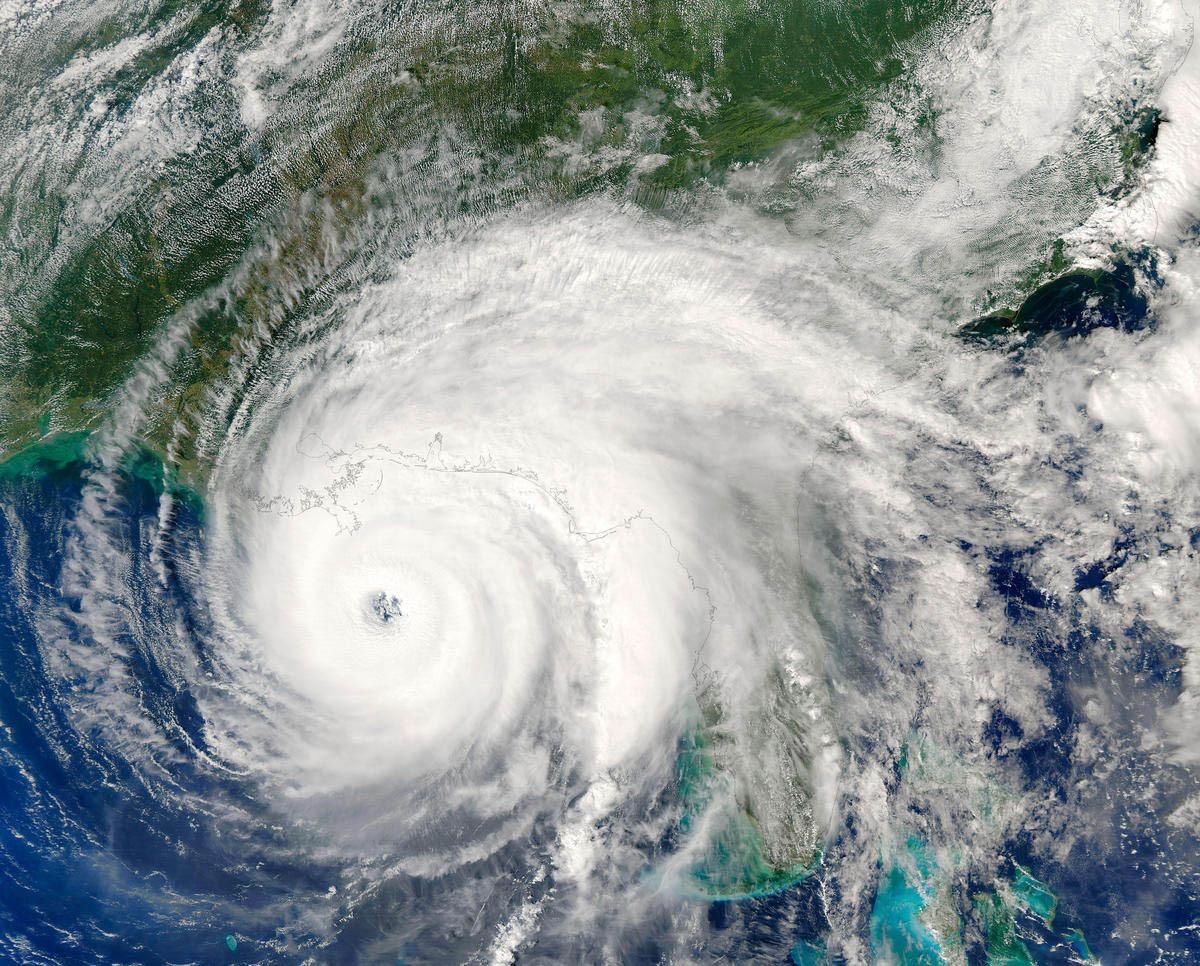
Plus, the plan’s broader attack on science — through budget cuts and staff reductions — will erode the tools and knowledge needed to understand and address how our climate is changing and compromise the government’s ability to respond when disaster inevitably strikes.
Project 2025 also proposes breaking up the National Oceanic and Atmospheric Administration, where much of the country’s research on climate change is conducted.
So concerned are NOAA staff that researchers are already in a news-making scramble to save massive amounts of data in case Project 2025’s proposal to break up the agency comes to fruition.
Environmental news that matters, straight to your inbox
3. You could see higher energy bills
An analysis by the nonpartisan think tank, Energy Innovation, found that Project 2025’s proposals to gut federal policies encouraging green electricity generation and electric cars would increase U.S. household spending on fuel and utilities by about $240 per year over the next five years.

Another part of Project 2025 that would directly affect consumers, but hasn’t gotten much attention, is its proposal to end the Department of Energy’s efficiency standards for household appliances. This program saves consumers billions in energy costs each year by incentivizing manufacturers to continually improve their technology. For example, thanks to these standards, today’s refrigerators require just a quarter of the energy as a model from the 1970s, saving consumers money on their electricity bills.
“Energy efficiency standards have been enormously positive in that they have saved billions of dollars for consumers and cut our emissions a ton,” Alex says. So why does Project 2025 have it on the chopping block? Because industry finds it burdensome.
4. Chemicals will have an easier road to approval
“Project 2025 seeks to gut the Toxic Substances Control Act,” explains Sarah Vogel, who leads Environmental Defense Fund’s health work. “This is the law that gives the EPA the responsibility for ensuring the safety of chemicals that end up in our environment and our bodies. If people don’t want to be exposed to toxic chemicals — and they want independent science helping us decide which ones are safe — then you need regulators and scientists to do that work.”
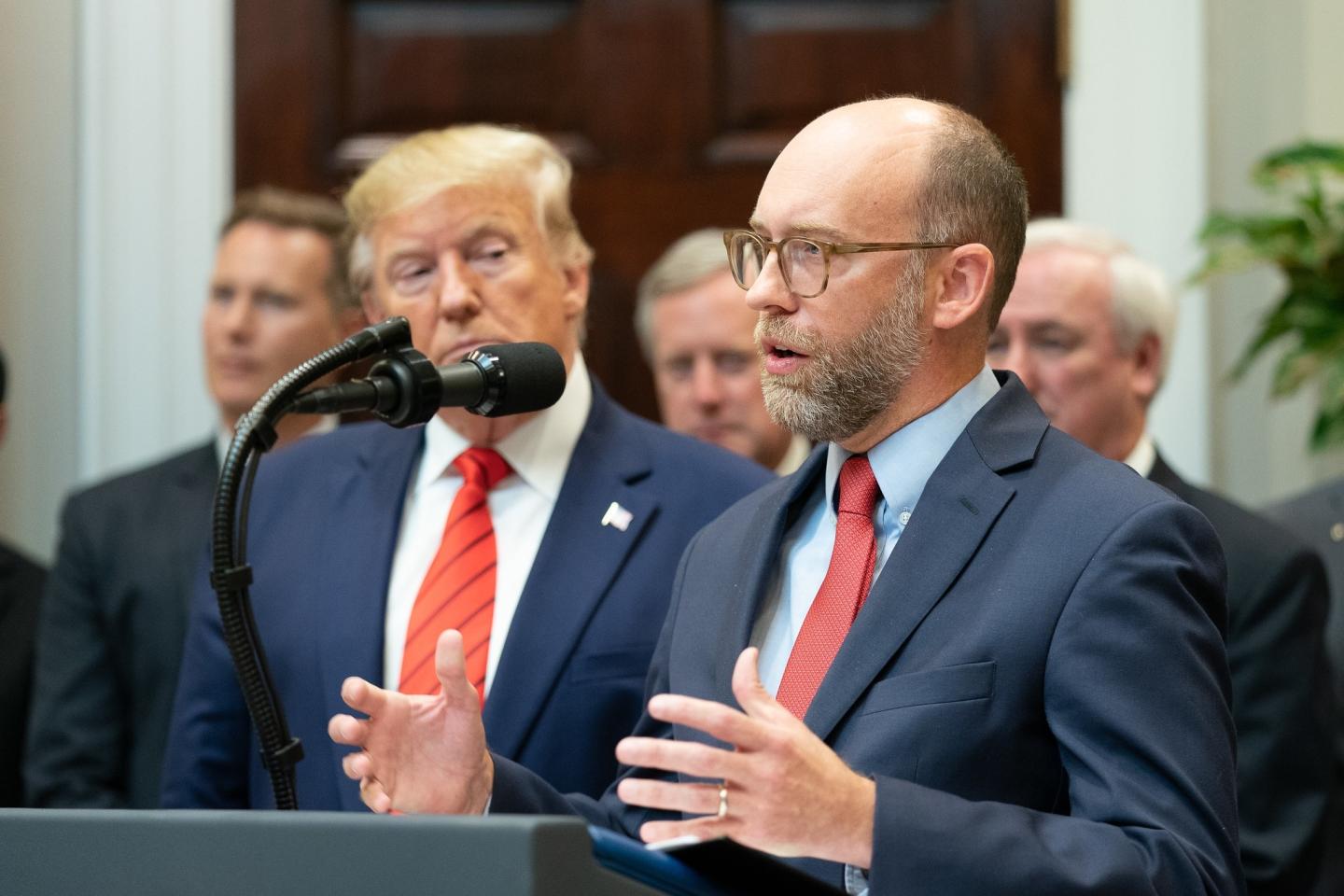
Yet Project 2025 is hostile to agency scientists, referring to some experts at the EPA as “embedded activists.”
EDF chemicals expert, Maria Doa, who worked at the EPA under the first Trump administration, says her team’s scientific expertise was questioned whenever political appointees felt it was too restrictive on industry.
“When you’re making decisions that affect people’s lives you want to make sure it’s based on good science,” Doa says. But for EPA scientists, “there was a lot of pressure to make it seem like chemicals were safer than they were.”
“What you see in Project 2025, and in a letter written by the National Manufacturers Association to Donald Trump, is a radical call for severely restricting the role of government in protecting our air, our water, and our communities,” says Vogel. “The only interests this serves are polluters, and it opens the door to industry-funded misinformation and conflicts of interest.”
5. “Drill, baby, drill” opens your pristine public land to polluters and sends clean energy jobs abroad
Central to Project 2025 is a continued dependence on fossil fuels, even if it means drilling in America’s most pristine areas and beloved national monuments.
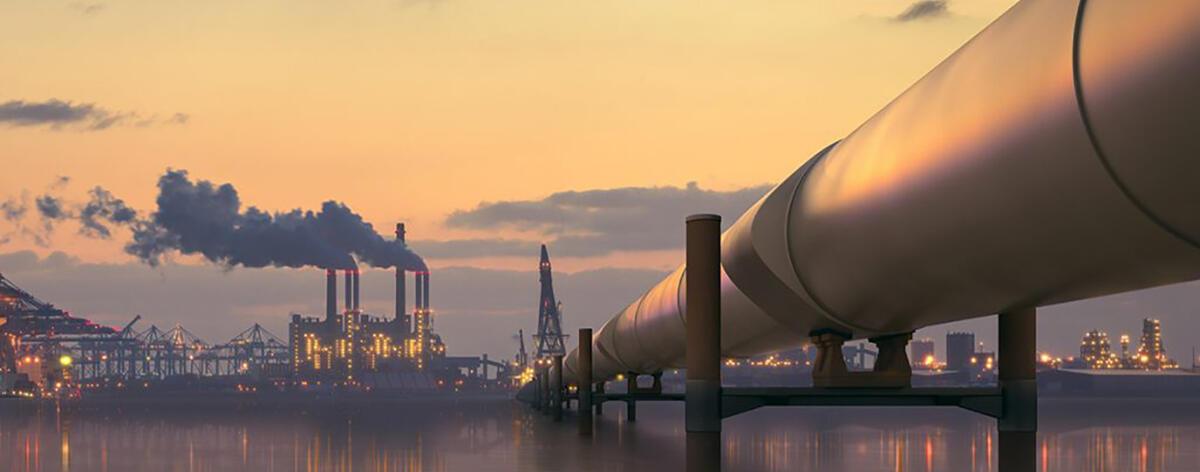
For example, national forests are considered “multi-use” lands, which makes them vulnerable to exploitative drilling and mining. Trump already attempted to shrink national monuments for industry exploitation during his first term and has signaled he may try again. The authors of Project 2025 also support oil and gas drilling in untouched parts of Alaska and the Artic National Wildlife Refuge, even though it would tear through delicate wildlife habitats and tribal areas.
Plus, doubling down on fossil fuels is poised to hurt American competitiveness in a world economy that’s increasingly moving toward renewables.
“This agenda would make America weaker by undoing clean energy investments, surrendering jobs to other countries, and increasing pollution,” says EDF Executive Director Amanda Leland.
Will these proposals actually happen?
The Trump administration is stacked with supporters of Project 2025.
“The best way for the average citizen to fight back is to vote in the 2026 midterms,” says Alex. “Let’s put environmental issues and climate change front and center so people win and lose elections based on that issue.”
